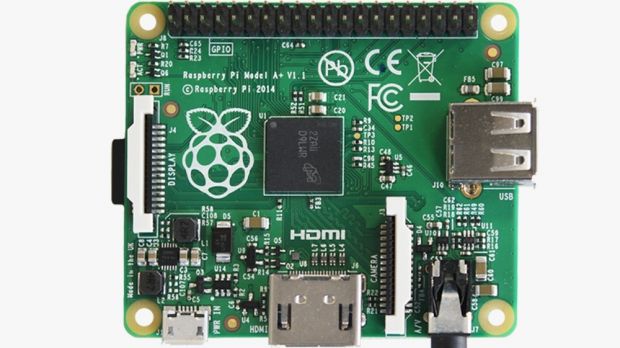
- #Rasberry pi media center os drivers
- #Rasberry pi media center os update
- #Rasberry pi media center os upgrade
- #Rasberry pi media center os software
- #Rasberry pi media center os download
This content can be in your PC, or on your gigazillion-capable NAS, it doesn’t matter: Volumio developers just configured it all to work out of the box.
#Rasberry pi media center os software
Instead, you will have to try the hard way: you’ll have to find the Volumio board’s IP address on your own, using some LAN scanning software or similar things once you do this, you’ll manage to go through the web interface (such pretty, I have to say) and configure your Raspberry Pi to play your content. If you are a lucky man and your network works as expected, pointing your browser to will result in showing you a nice WebUI. Once you completed the installation of Volumio on the SD card, you must turn on the board and do the tricky part.
#Rasberry pi media center os download
The setup phase is done in 10 minutes: just download the image for your kind of board and flash it with dd if you’re on Linux, or open Win32DiskImager if you are using Windows. This project aims indeed to create an operating system for various boards (like Raspberry Pi and others) that audiophiles like me can use to play their favorite music with a neat web interface and a storage system.

#Rasberry pi media center os update
Yet, you will have no update manager at all, and updating your system will mean pulling SD card and running the script as above, again. So nasty.Ī great Linux distribution for your Raspberry Pi if you are an audiophile is Volumio.
#Rasberry pi media center os drivers
Who cares about customizations, you’d say? Hah, you fool: if you need to add drivers for a precise file type, you’ll have to completely rebuild your operating system. Well, this if you can afford to open a terminal and run an SD creation script, that is not so easy.Īnd even if you manage to open a terminal and create your SD card (like a command line Jedi! Yeah!), you’ll need something.

Video and audio streaming are working out of the box too, and if you want to adopt an XBMC-only media center, I’m sure this remains the best choice for pretty much any user. Booting your Raspberry Pi (after a setup phase that is not automatic) you will notice a substantial difference between OpenELEC and Raspbmc: OpenELEC is much more optimized, so you can see how the user interface is much more lightweight, and how much system operations are faster than a complete (similar to general purpose) system like Raspbmc.Įven if we can have a plugin system working out of the box, surely we have less room for customizations: OpenELEC can be used to run a streamlined XBMC instance only, and if you want to add another executable or run another software combined with XBMC, clearly you can’t. The image to flash on your SD card is 100 MB total, and the resulting operating system is so monolithic. While Raspbmc cuddles you between package management, a complete plugin system and all the tools to maintain a state-of-the-art operating system updated with the latest features, OpenELEC is the Sparta of the media center OSes. OpenELEC is the opposite of Raspbmc for the most of the time you use it. While other products are so much lightweight but less extensible because they are much more optimized, Raspbmc includes an heavy bunch of features to please the user and assemble a fantastic user experience for a media center, the user interface and the processes will result slow sometimes, because all of this stuff has to confront itself with a complicated system located underneath. Having automatic upgrades and an available out of the box plugin system is only possible if you have a full-featured Linux operating system as your core. And, ladies and gentlemen, it is totally automatic!

#Rasberry pi media center os upgrade
This is so useful, because while I have my meal, I can upgrade my smart TV having my PC doing other things such a render (I know: modern machines have para-multitasking, but when I must do one heavy-computational activity, I prefer that job to take all my CPU). We can see how Raspbmc is powerful from its automatic upgrade tool: from this simple software we can update our system directly, without having to pull the SD card off, without having it connected to our machine. Video and music streaming work out of the box, and if you have a DLNA-capable NAS or something similar, you will be able to stream your files directly from your favorite storage. Raspbmc has an amazing plugin system that comes with XBMC, which can be accessed right from the first boot. I hope you to wait for the complete review and for my cents about OpenELEC, but Raspbmc has astonished me in a way: this distro has indeed a dedicated installer, and once one starts using it, this Linux distribution shows all its potential.


 0 kommentar(er)
0 kommentar(er)
